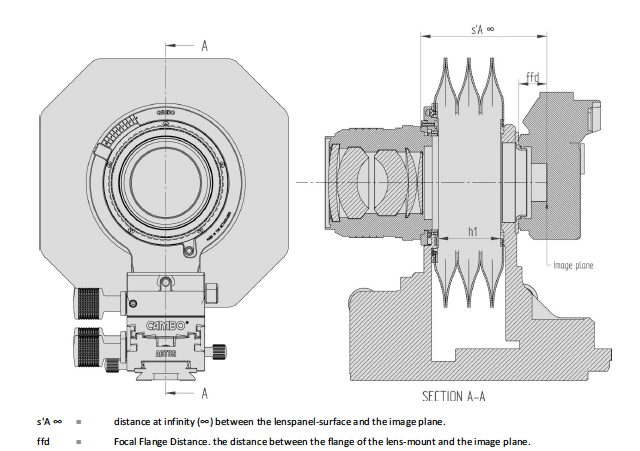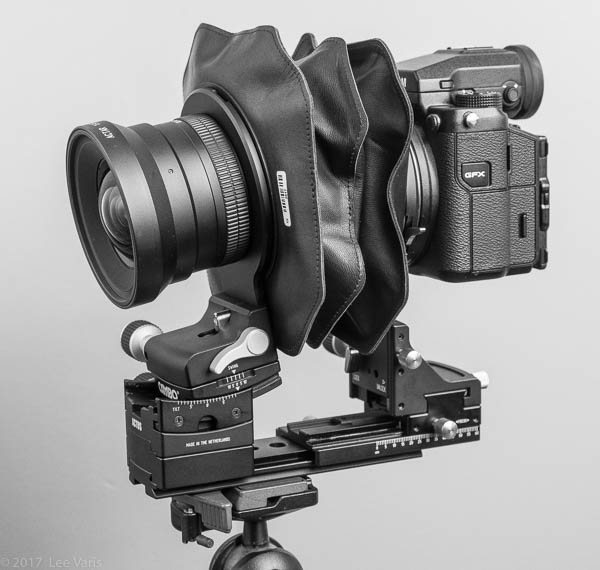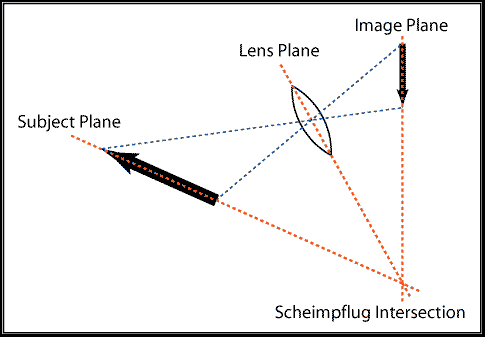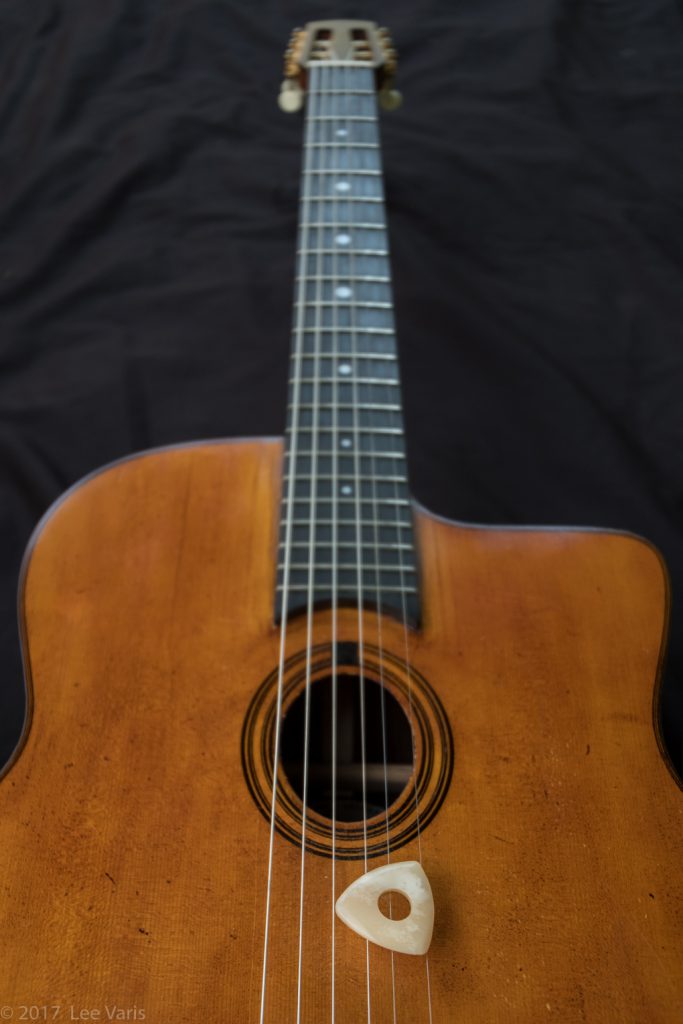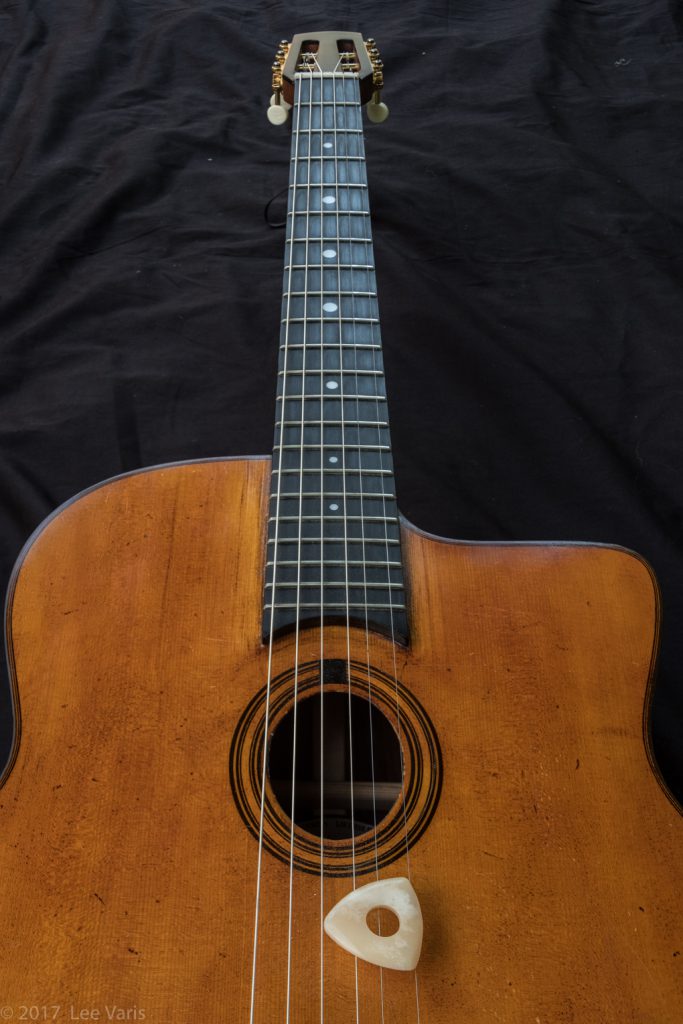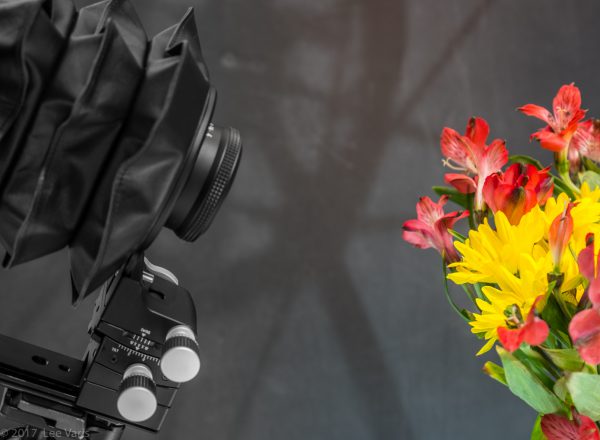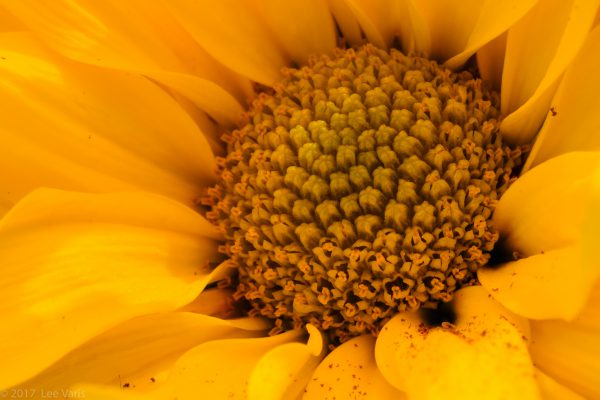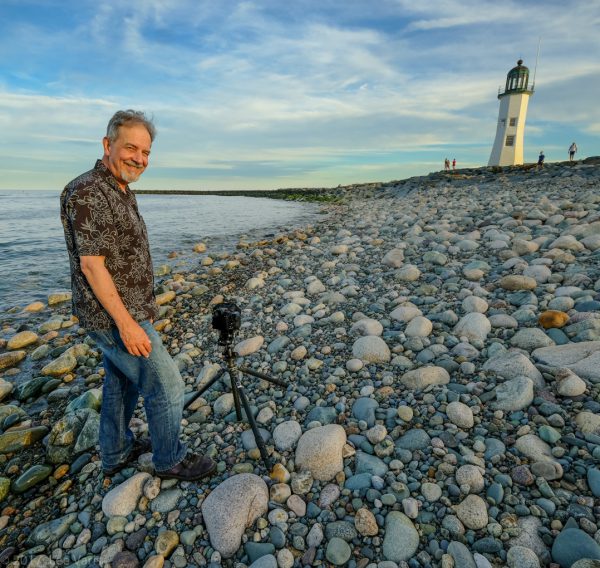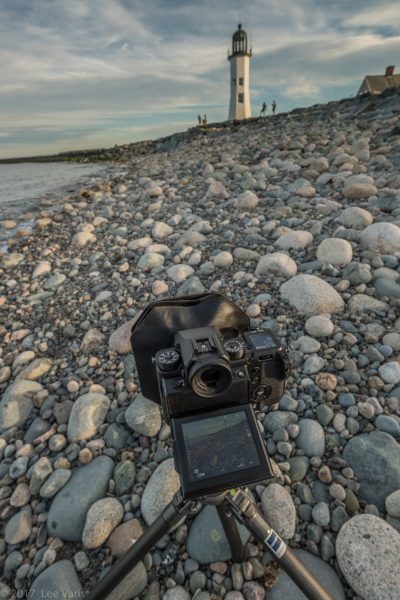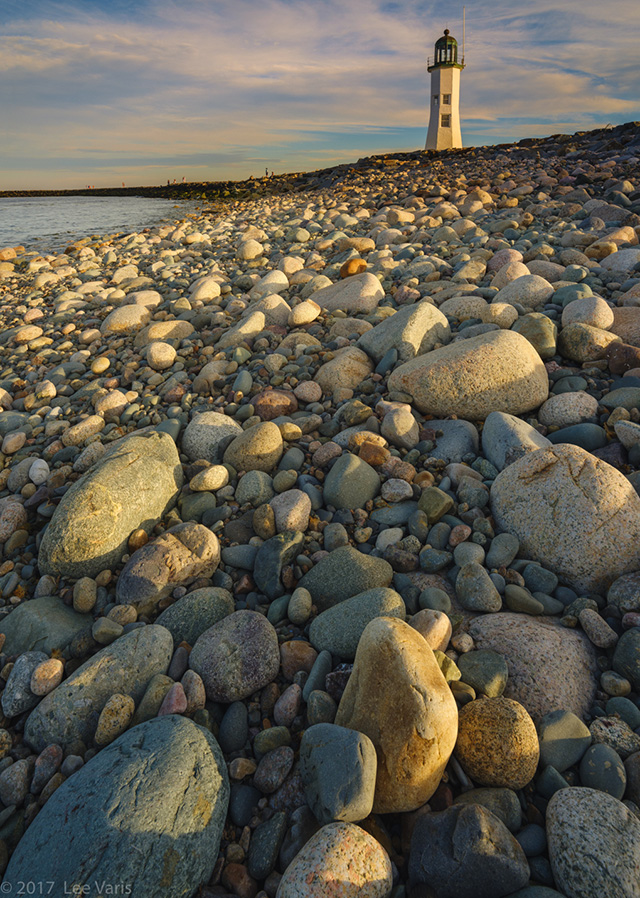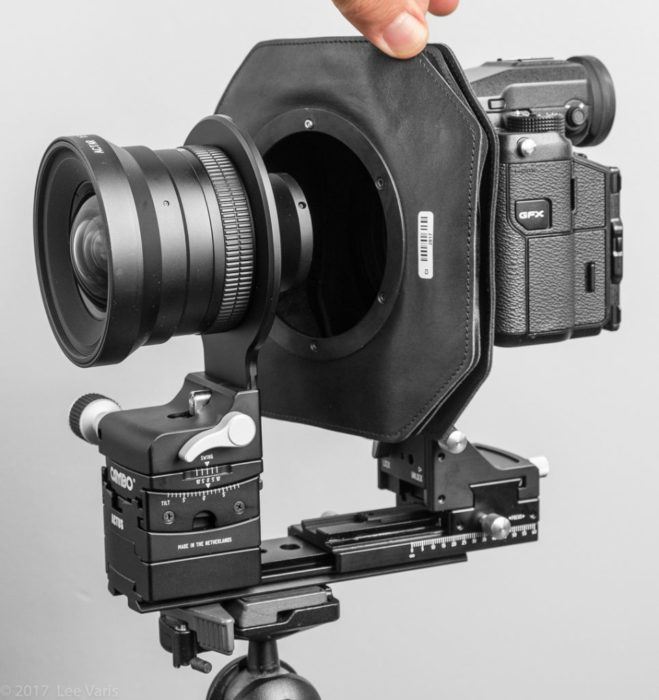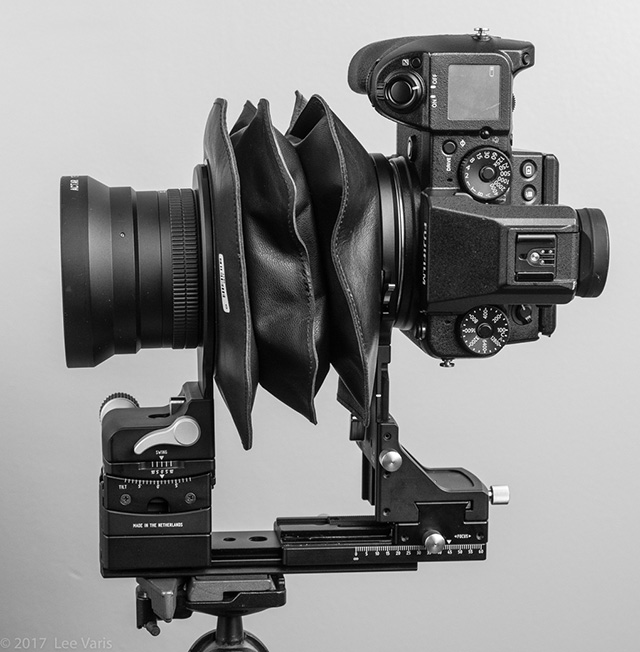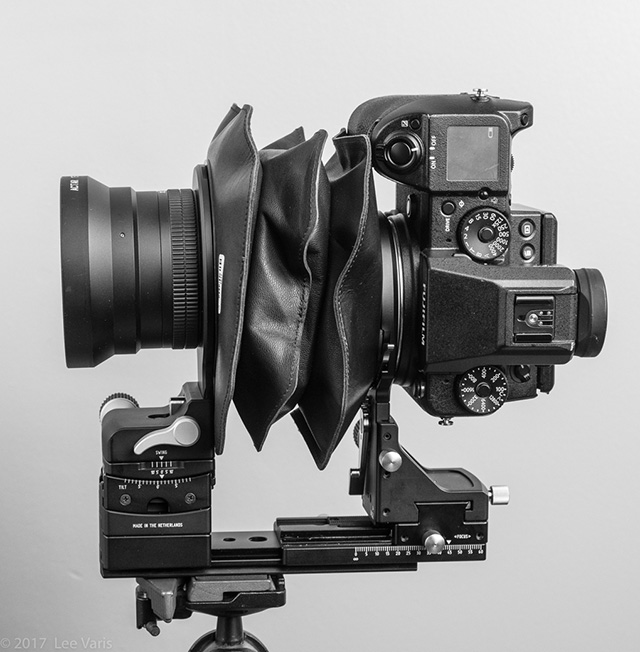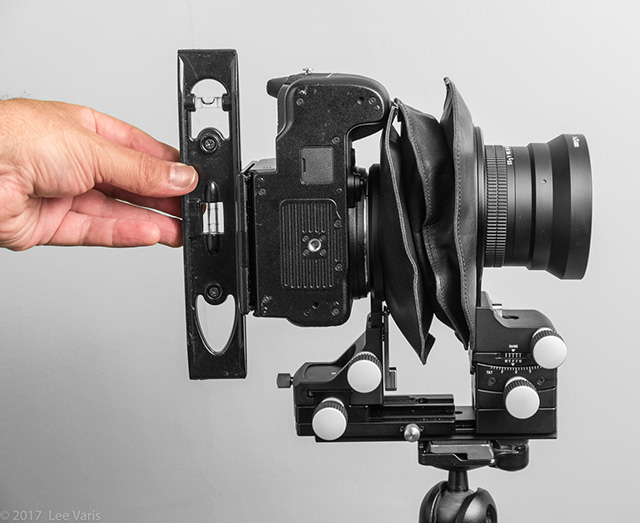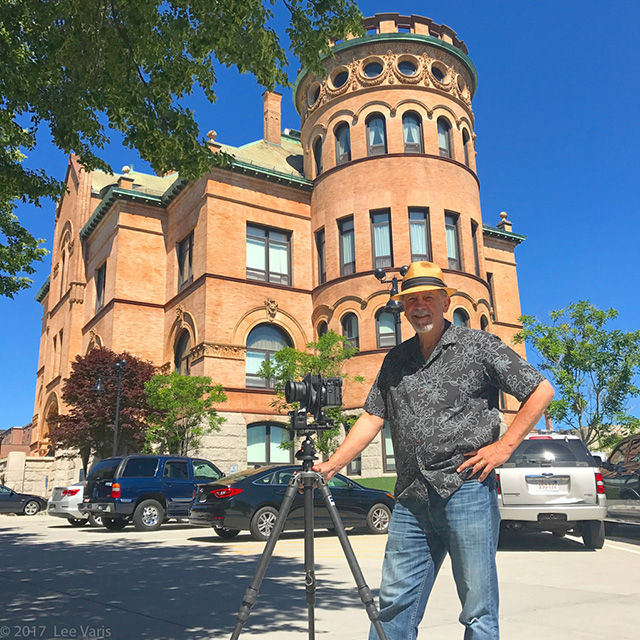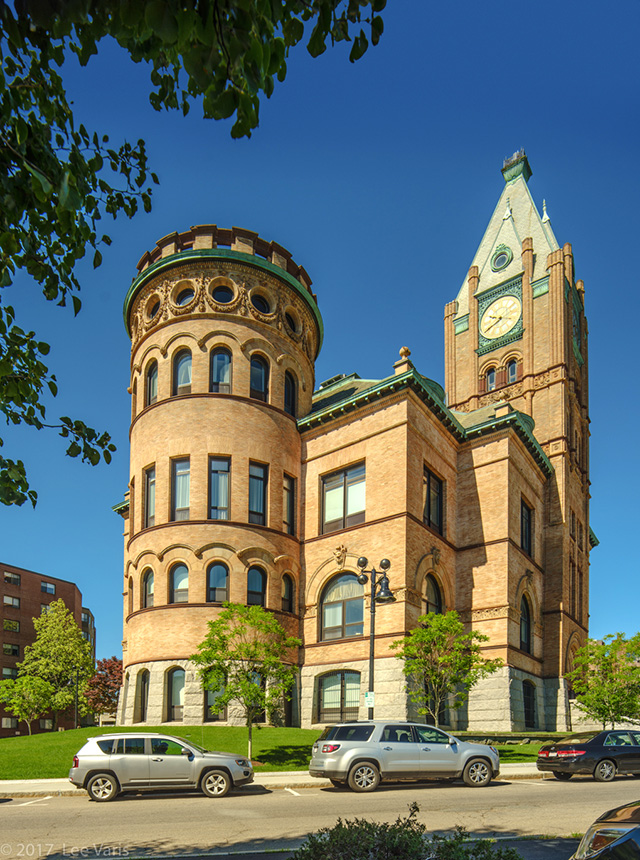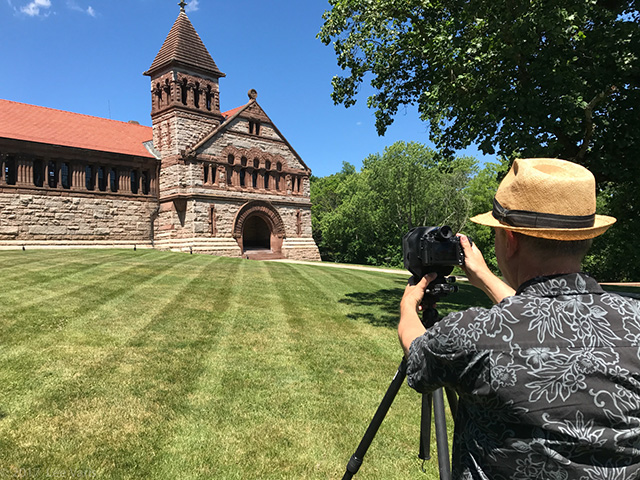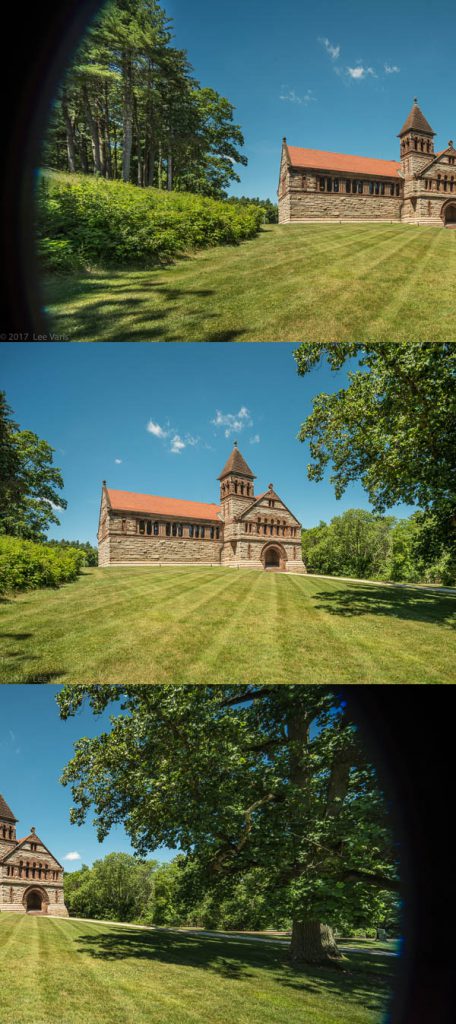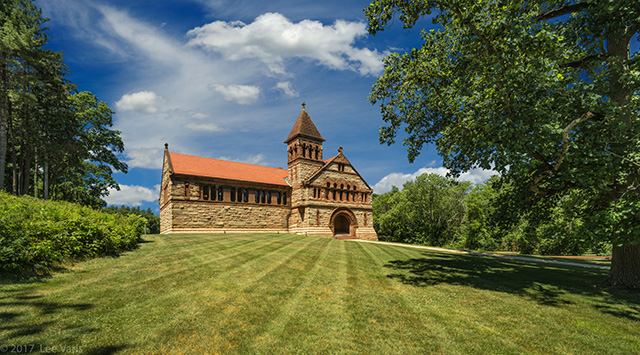The following blog post first appeared on the Cold Snap Photography blog and is re-posted here with permission from the author John Gregor.
Perspective Control In Camera
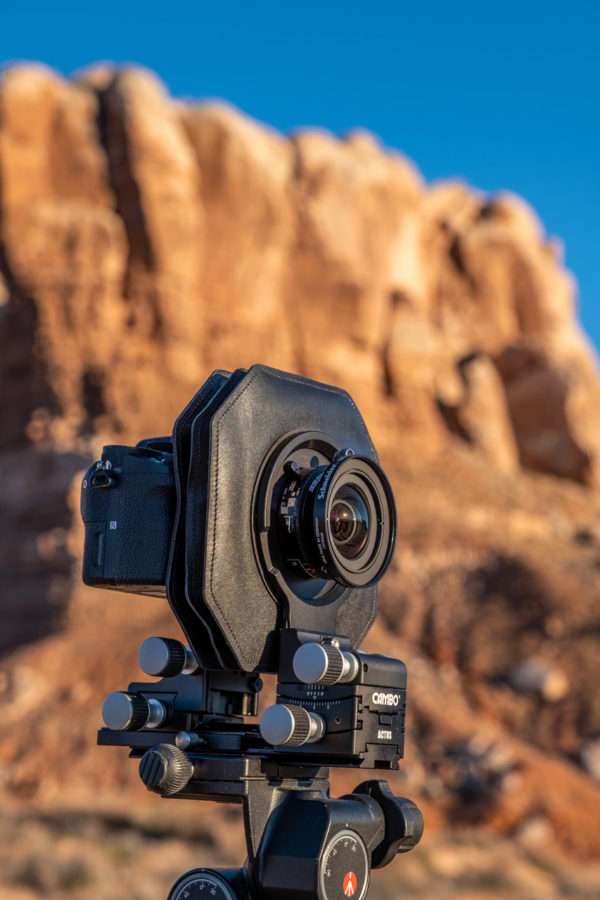
What is perspective control? How can you achieve perspective control in your images?
In this article I will discuss the concept of perspective control and what it means in our photographs.
To achieve In-camera Perspective Control you must have either a view camera or a tilt shift lens. For the examples here I am using the Cambo Actus Mini B. More information about the Cambo cameras can be found at the end of this article.
Perspective control is the process of composing or editing of images to ensure that vertical parallel (or near parallel) lines remain parallel or near parallel.
Perspective Distortion
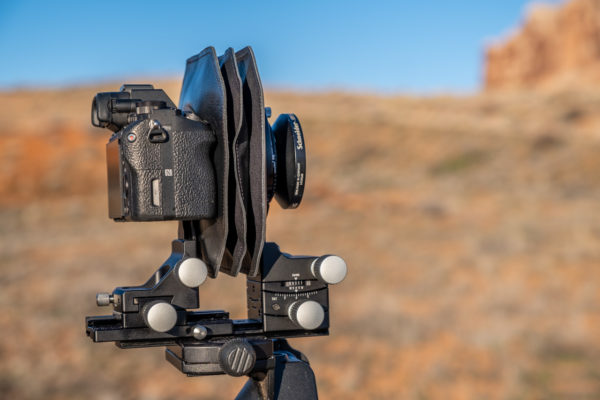
Perspective distortion doesn’t occur if the camera is kept level as shown in the camera position above. Typically however this might not result in the image we want. As shown in the image below:
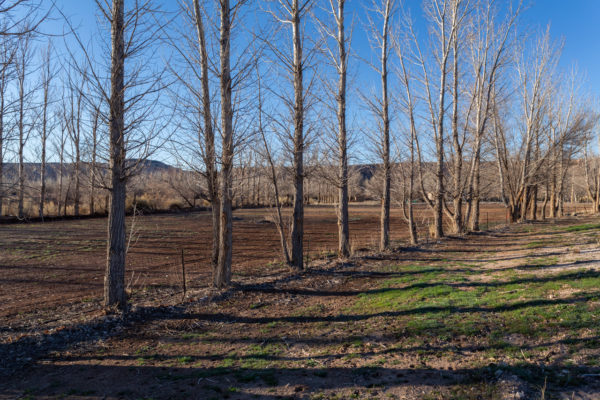
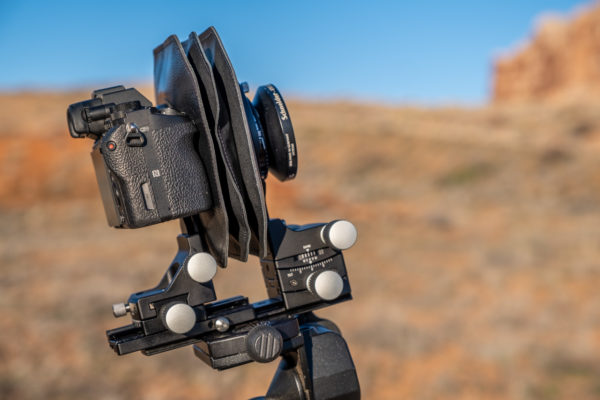
Perspective distortion occurs when the sensor plane is not parallel to lines that are required to be parallel in the photo. Most commonly this happens when the camera is tilted or pointed upwards–typically to include the top of a building or more sky or as in this case more of the tree-tops. The resulting photograph is shown below:
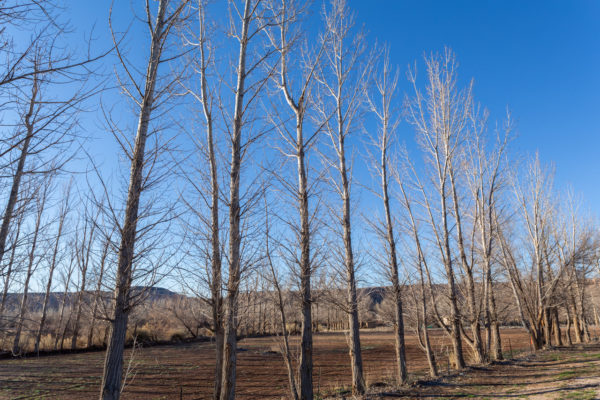
Perspective Control
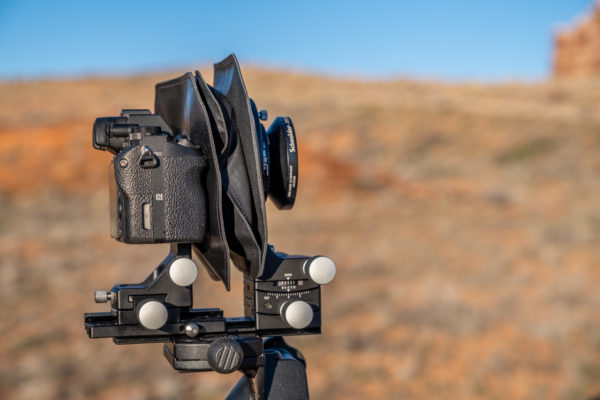
The camera and lens above are level but the lens is shifted upwards. This results in the the perspective of the trees to be maintained (vertical lines are parallel). Here is the resulting image below:
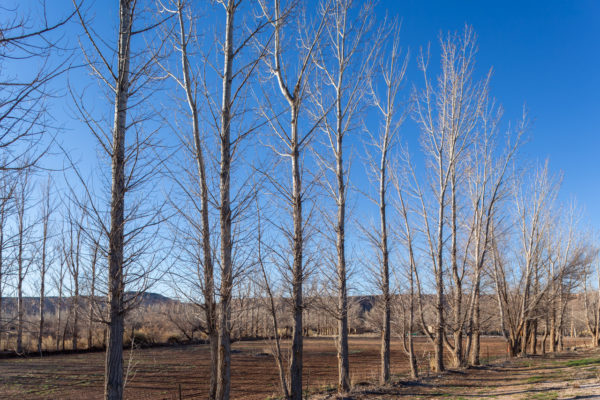
The most frequent use of perspective control lenses and cameras are for architectural photographs. Using the same concepts as the tree photographs above the images below demonstrate the use of perspective control:
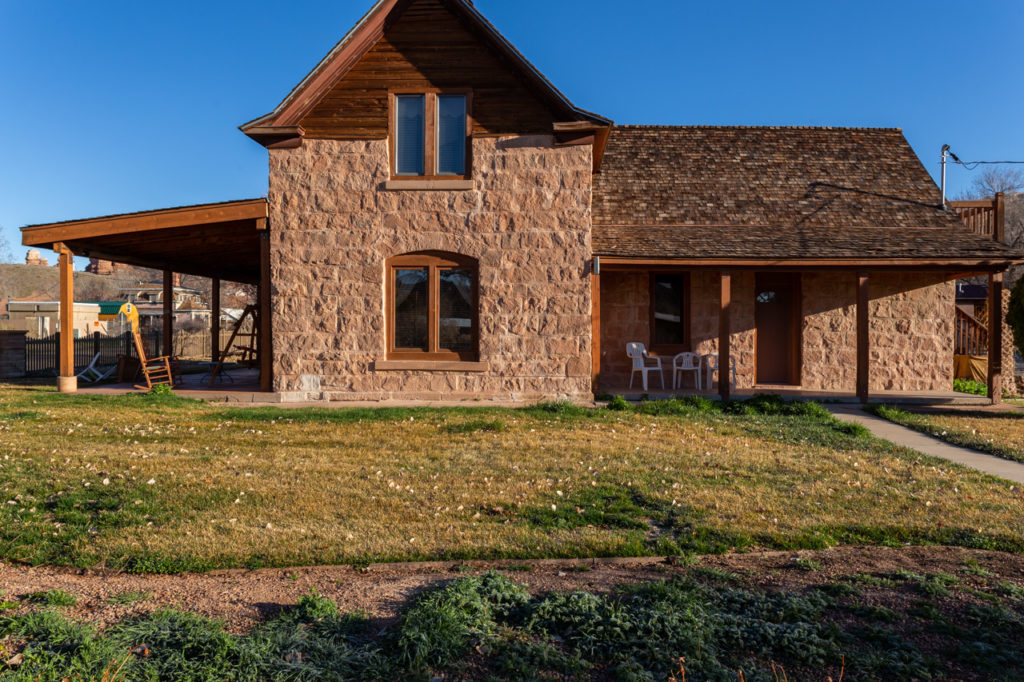
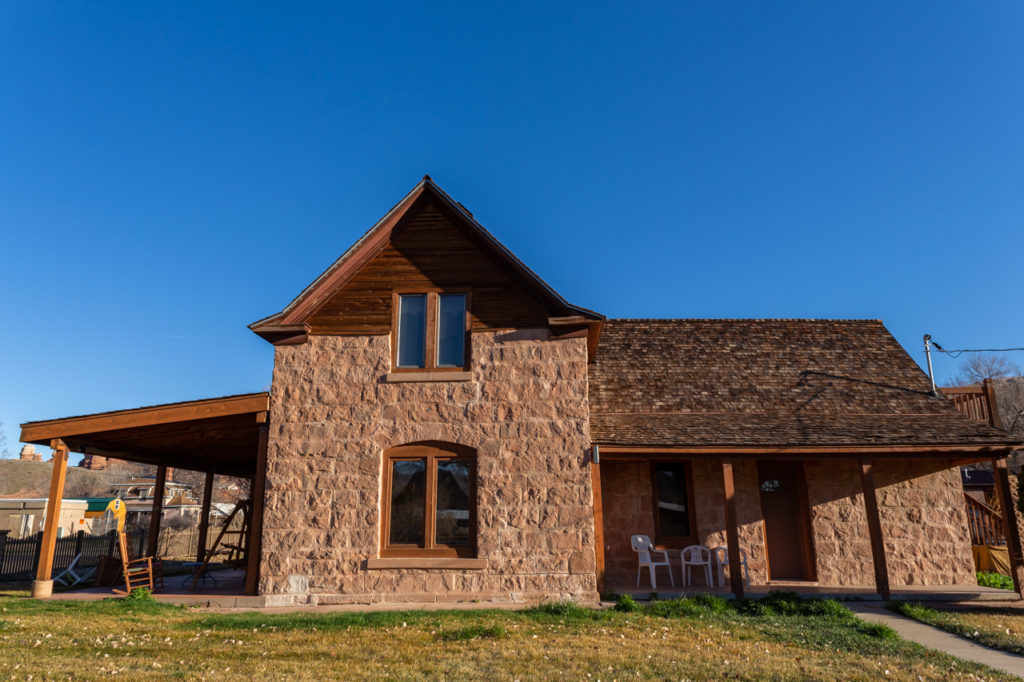
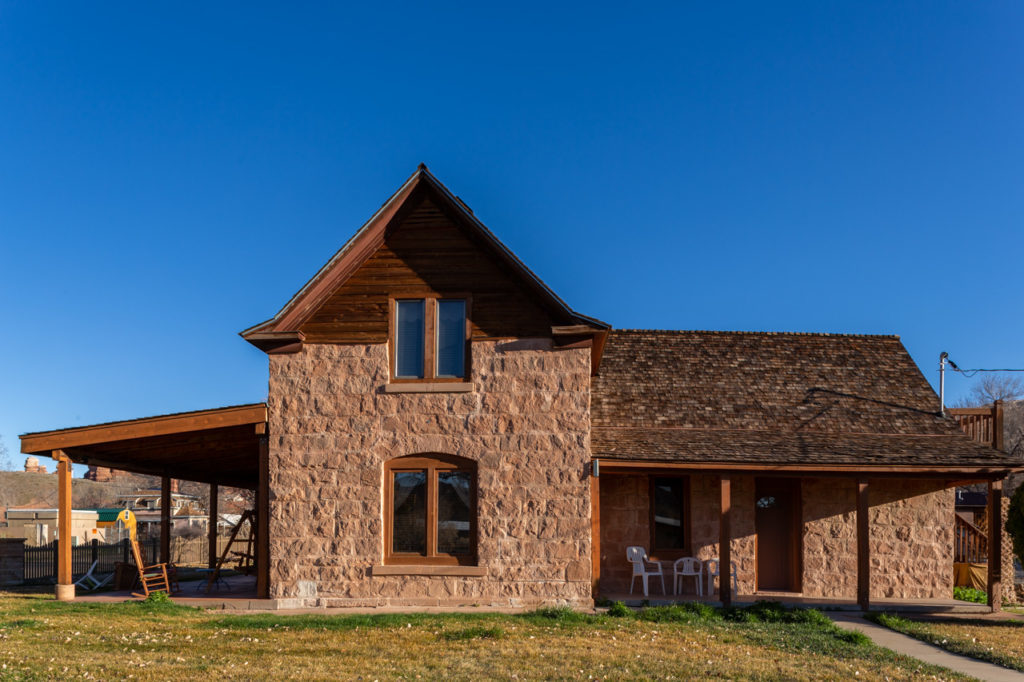
Perspective control in camera is the most precise method of achieving perspective control. These methods can be replicated using the tools found in most post process programs, however, post processed perspective control can result in distortion in other areas of the image. I prefer to get it right in camera.
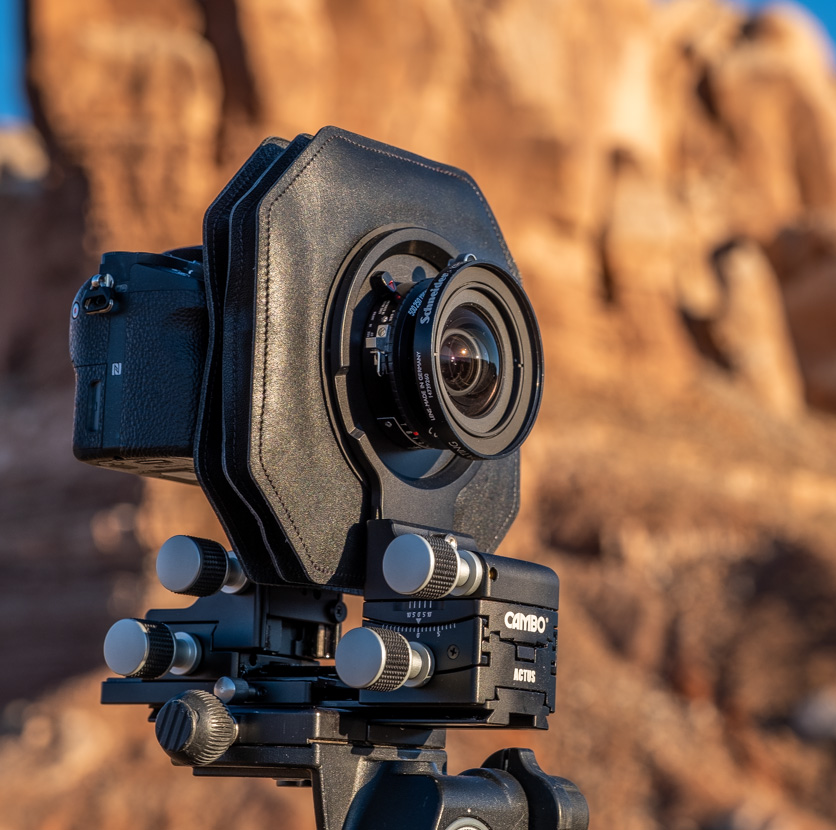
For more information about the Cambo Actus Mini or other Cambo perspective control cameras go to: https://www.cambo.com/en/actus-series/
ColdSnap Photography is the work of professional photographer John Gregor. In addition to fine art and commercial photography ColdSnap Photography is the Upper Mid West’s leading photography workshop provider. Hosting workshops on the shores of Lake Superior and beyond. Committed to guiding photographers to awe-inspiring places, where they can create masterful photos. For more information on his upcoming workshops you can visit
https://coldsnapphotography.com/workshops/







